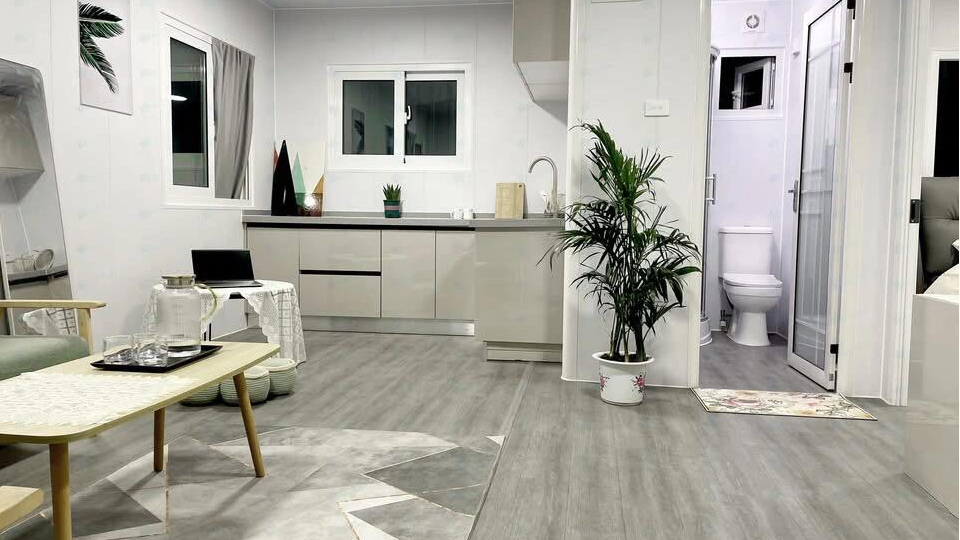
The Art of Minimalism: The Ultimate Pre-Move Decluttering Guide for Australian Tiny Homes
Driven by rising housing prices and a growing awareness of environmental issues in Australia, tiny home living has become a new trend. But before moving into a 15-40 square meter space, how can you sift through the sea of belongings in a traditional home to find the essentials? This article offers a systematic decluttering plan that combines behavioral psychology, space optimization, and local Australian practices.
I. Mental Preparation: A Paradigm Shift from "Possession" to "Existence"
Categorizing items by "Necessity → Emotional Value → Occasional Use," Australian psychologists recommend the 90/90 rule: "Throw away items you haven't used in the past 90 days and won't need in the next 90."
II. A Five-Step Systematic Decluttering Method
Step 1: Declutter by Space
Prioritization:
Kitchen: Keep multi-purpose appliances (like the Instant Pot) and donate cutlery with more than three units (the average Australian household owns 19 knives). Wardrobe: Follow the "capsule wardrobe" principle. Sydney stylists recommend keeping 25 core pieces (to accommodate Australia's seasonal temperature swings).
Step 2: Australian-style decluttering strategies
Large furniture: Resell through Gumtree or Facebook Marketplace.
Step 3: Vertical space and multifunctional design
Wall utilization: Install a Bunnings track system ($35/m) to hang kitchen tools and bicycles.
Furniture selection: Prioritize beds with storage (such as the IKEA MALM bed box storage model) or folding tables (custom Tasmanian Oak).
Step 4: Digital reduction
Media library: Eliminate recurring subscriptions (Australian households waste an average of $624/year on unused streaming media) and switch to a Plex-based server.
Step 5: Final "stress test"
Luggage simulation: Pack all remaining items into six standard suitcases (simulating the volume of a mini-room). Any excess will be forced to be re-sorted.
3. Long-Term Maintenance: Sustainable Principles of Tiny House Living
The In-Out Principle: For every new item purchased, one old item must be eliminated (such as Patagonia Australia's "Lifetime Maintenance Plan").
Quarterly Review: Use the Australian Taxation Office's Home Office Checklist to assess how often items are used and optimize them.
Tiny houses are more than just a living option; they are a response to consumerism and environmental responsibility. As Ella Thompson, founder of the Adelaide Tiny House Community, said, "You don't need a bigger house—you need a better filter for what truly matters."
